
Peerages in the United Kingdom form a legal system comprising both hereditary and lifetime titles, composed of various ranks, and within the framework of the Constitution of the United Kingdom form a constituent part of the legislative process and the British honours system. The British monarch is considered the fount of honour and is notionally the only person who can grant peerages, though there are many conventions about how this power is used, especially at the request of the British government. The term peerage can be used both collectively to refer to the entire body of titled nobility, and individually to refer to a specific title. British peerage title holders are termed peers of the Realm.

Rufus Daniel Isaacs, 1st Marquess of Reading,, known as the Earl of Reading from 1917 to 1926, was a British Liberal politician and judge, who served as Lord Chief Justice of England, Viceroy of India, and Foreign Secretary, the last Liberal to hold that post. The second practising Jew to be a member of the British cabinet, Isaacs was the first Jew to be Lord Chief Justice, and the first, and as yet, only British Jew to be raised to a marquessate.
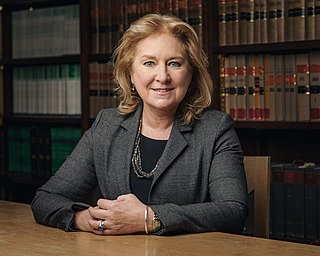
The Lady Chief Justice of England and Wales is the head of the judiciary of England and Wales and the president of the courts of England and Wales.
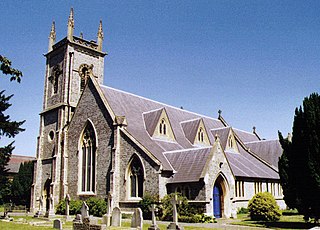
Earley is a town and civil parish in the Borough of Wokingham, Berkshire, England. Along with the neighbouring town of Woodley, the Office for National Statistics places Earley within the Reading/Wokingham Urban Area; for the purposes of local government it falls within the Borough of Wokingham, outside the area of Reading Borough Council. Its name is sometimes spelt Erleigh or Erlegh and consists of a number of smaller areas, including Maiden Erlegh and Lower Earley, and lies some 3 miles (5 km) south and east of the centre of Reading, and some 4 miles (6 km) northwest of Wokingham. It had a population of 32,036 at the 2011 Census.

Marquess of Reading is a title in the Peerage of the United Kingdom. It was created in 1926 for Rufus Isaacs, who had been Member of Parliament for Reading between 1904 and 1913, before serving as Viceroy of India and Lord Chief Justice of England and Wales. He had already been created Baron Reading, of Erleigh in the County of Berkshire, in 1914, Viscount Reading, of Erleigh in the County of Berkshire, in 1916, and Viscount Erleigh, of Erleigh in the County of Berkshire, and Earl of Reading, in 1917.

Herstmonceux Castle is a brick-built castle, dating from the 15th century, near Herstmonceux, East Sussex, England. It is one of the oldest significant brick buildings still standing in England. The castle was renowned for being one of the first buildings to use that material in England, and was built using bricks taken from the local clay, by builders from Flanders. It dates from 1441. Construction began under the then-owner, Sir Roger Fiennes, and was continued after his death in 1449 by his son, Lord Dacre. The castle has been owned by Queen's University at Kingston, a Canadian university, since 1993.

Iford Manor is a manor house in Wiltshire, England. It is a Grade II* listed building sitting on the steep, south-facing slope of the Frome valley, in Westwood parish, about 2 miles (3.2 km) southwest of the town of Bradford-on-Avon. Its Grade I registered gardens are open to the public from April to September each year.
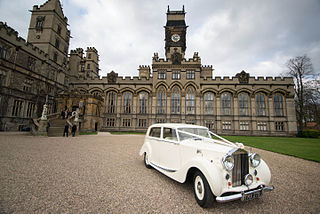
Carlton Towers in the civil parish of Carlton, 5 miles (8 km) south-east of Selby, North Yorkshire, England, is a Grade I listed country house, in the Gothic Revival style, and is surrounded by a 250-acre park.

Apuldram or Appledram is a small parish and a village on the northeastern upper reach of Chichester Harbour about two miles (3 km) south-west of the centre of Chichester in West Sussex, England. Access to the harbour is at Dell Quay.

Iford is a village and civil parish in the Lewes District of East Sussex, England. The village is located two miles (3.2 km) south of Lewes. The parish lies on the slopes of the South Downs in the valley of the River Ouse.
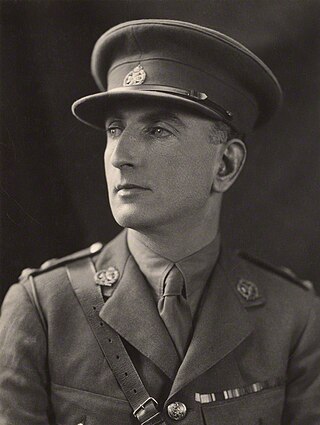
Gerald Rufus Isaacs, 2nd Marquess of Reading, styled Viscount Erleigh from 1917 to 1935, was a British barrister and Liberal then Conservative politician.
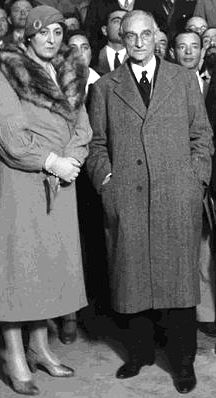
Stella Isaacs, Marchioness of Reading, Baroness Swanborough, GBE, née Stella Charnaud, was an English philanthropist who is best remembered as the founder and chairman of the Women's Voluntary Service (WVS), now known as Royal Voluntary Service.

Hornby Castle is a grade I listed fortified manor house on the edge of Wensleydale between Bedale and Leyburn, in the county of North Yorkshire, England.
Halls of residence at the University of Bristol are generally located within three distinct areas of Bristol, the City Centre, Clifton and Stoke Bishop.

Moulsecoomb Place is a large 18th-century house on Lewes Road in the Moulsecoomb area of the English coastal city of Brighton and Hove. Originally a farmhouse based in an agricultural area in the parish of Patcham, north of Brighton, it was bought and extensively remodelled in 1790 for a long-established local family. It was their seat for over 100 years, but the Neoclassical-style mansion and its grounds were bought by the local council in the interwar period when Moulsecoomb was transformed into a major council estate. Subsequent uses have varied, and Moulsecoomb Place later became part of the University of Brighton's range of buildings. Student housing has been built to the rear; but much of the grounds, the house itself and a much older cottage and barn attached to the rear have been preserved. The house is a Grade II Listed building.
Simon Rufus Isaacs, 4th Marquess of Reading, is a British peer, banker and philanthropist.

Iford Arts Festival is an annual summer festival of opera and jazz, held at venues in and near Bradford-on-Avon in Wiltshire, England. Operas are produced by Iford Festival Opera. It also features the Iford Jazz Proms, as well as other concerts and performances.
Trelissick Manor is a listed manor house in the parish of St Erth, Cornwall, England, UK. It was the seat of the armigerous family of Cambron alias Paynter, who were also seated at Antron in Sithney and Deverell in Gwinear.

Eva Violet Isaacs, Marchioness of Reading was a British philanthropist, Zionist activist, children's welfare advocate, and writer. Among other roles, she served as Vice President of the World Jewish Congress, President of its British section, and President of the National Council of Women.
Joan Alice Violet Zuckerman, Baroness Zuckerman was a British hostess, writer and painter.

















